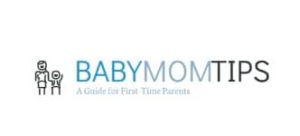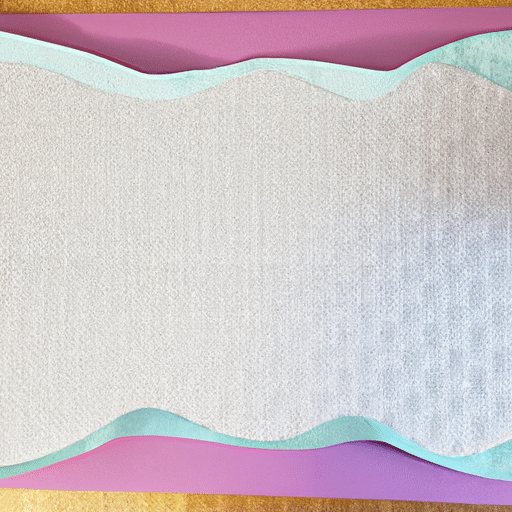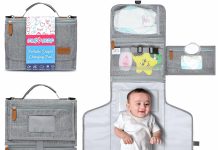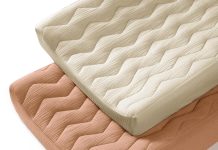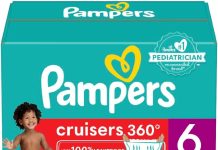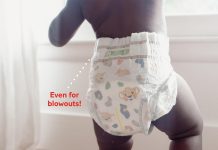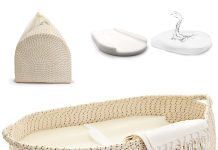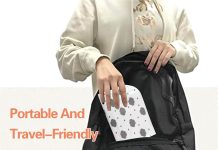When it comes to choosing a changing pad for your little one, ensuring their safety is of utmost importance. With an abundance of options available in the market, it can be overwhelming to know what to prioritize. This article aims to guide you through this decision-making process by highlighting the key safety features you should look for in a changing pad. From non-toxic materials to secure straps and sturdy construction, we’ve got you covered. So, let’s dive into the world of changing pads and discover what truly matters when it comes to keeping your baby safe and secure during diaper changes.
Review contents
Safety Features for Changing Pad
When it comes to caring for our little ones, safety is always the top priority. That’s why it’s important to carefully consider the safety features of every baby product we purchase, including the changing pad. A changing pad provides a safe and comfortable place for diaper changes, and there are several key safety features to look for when choosing the right one for your baby.
Non-toxic Materials
Babies have sensitive skin that can easily be irritated by harsh chemicals and toxins. That’s why it’s crucial to choose a changing pad made from non-toxic materials. Look for pads that are free from harmful substances such as phthalates, lead, and BPA. Opting for organic or hypoallergenic materials will further minimize any potential skin reactions. By selecting a changing pad made from non-toxic materials, we can ensure that our baby’s delicate skin is protected during diaper changes.
Waterproof Surface
Diaper changes often come with surprises, and spills and accidents are bound to happen. That’s why it’s essential to choose a changing pad with a waterproof surface. A waterproof surface not only makes cleaning up messes quick and easy but also prevents moisture from seeping through and potentially damaging the changing pad. Look for pads with a vinyl or wipeable cover that can be easily wiped down or sanitized after each use. With a waterproof surface, we can rest assured that our baby is lying on a clean and hygienic surface during diaper changes.
Safety Straps
Babies are naturally wiggly and curious, so having safety straps on a changing pad is crucial for keeping them secure. These straps are typically adjustable and provide an extra level of protection by preventing our little ones from rolling or falling off the pad. Whether the changing pad is attached to a changing table or placed on a dresser, the presence of safety straps ensures that our baby stays in place and safe during diaper changes.
Contoured Design
A changing pad with a contoured design offers optimal comfort and safety for our little ones. The contoured shape provides gentle support and helps to keep our baby centered on the pad, minimizing the risk of rolling off. It also helps to prevent our baby from sliding around during diaper changes. Look for a changing pad with higher edges or contoured sides to provide a cozy and secure spot for our baby’s diaper changes.
Sturdy Construction
Durability is an important factor to consider when choosing a changing pad, as it ensures the safety and longevity of the product. Look for pads made with high-quality and sturdy materials that can withstand the daily wear and tear of diaper changes. A changing pad with a solid construction is less likely to collapse or lose its shape over time, providing a stable and safe surface for our baby during diaper changes. Investing in a well-made changing pad will not only offer peace of mind but also save us from having to replace it frequently.
Non-slip Bottom
Keeping the changing pad securely in place is essential to prevent any accidents during diaper changes. By selecting a changing pad with a non-slip bottom, we can ensure that it stays firmly on the surface it is placed on, be it a changing table or a dresser. A non-slip bottom provides stability and reduces the risk of the changing pad sliding or shifting, keeping our baby safe and secure during diaper changes.
Weight Limit
Although changing pads are designed to support babies during diaper changes, they do have weight limits. It is important to choose a changing pad that can safely accommodate the weight of our baby as they grow. Most changing pads have weight limits clearly specified by the manufacturer, so be sure to check this information when making a purchase. By adhering to the weight limit, we can ensure the changing pad remains sturdy and reliable for our baby’s safety.
Safety Certifications
When choosing a changing pad, it’s crucial to look for safety certifications. Certifications such as ASTM International standards ensure that the product has undergone rigorous testing and meets specific safety requirements. Additionally, certifications from organizations like GREENGUARD confirm that the changing pad meets strict chemical emissions standards, guaranteeing a healthier and safer environment for our baby. Checking for safety certifications gives us the confidence that the changing pad we choose is not only comfortable but also meets the highest safety standards.
Easy to Clean
Diaper changes often involve messes, so having a changing pad that is easy to clean is a must. Look for pads with removable covers or surfaces that can be easily wiped down or sanitized. Machine-washable covers are also highly convenient. Choosing a changing pad that can be cleaned quickly and efficiently ensures a hygienic environment for our baby and saves us time and effort in the long run.
Portability
For parents on the go, a portable changing pad is a wonderful convenience. Look for changing pads that are lightweight and compact, making them easy to transport in diaper bags or strollers. Portable changing pads provide a safe and clean surface for diaper changes even when we’re away from home. Having a portable option allows us to ensure the safety and comfort of our baby no matter where we are.
In conclusion, when choosing a changing pad, we must prioritize the safety of our baby. Non-toxic materials, a waterproof surface, safety straps, a contoured design, sturdy construction, a non-slip bottom, weight limit considerations, safety certifications, easy cleanability, and portability are all important safety features to look for. By selecting a changing pad that meets these criteria, we can provide a secure and comfortable environment for our baby during diaper changes. Investing in a high-quality changing pad that prioritizes safety will give us peace of mind and enhance the overall caregiving experience for both us and our baby.
